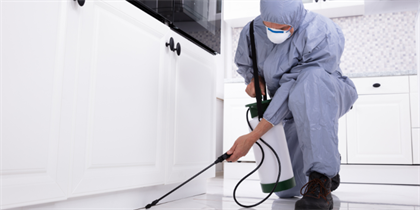
Flooding can cause serious damage to homes and buildings, leaving behind contaminated water, structural issues, and health hazards. Cleaning up flood water quickly and effectively is crucial to prevent long-term damage and ensure the safety of everyone involved. Here’s a step-by-step guide on how to handle flood water cleanup and when to call in professional help as there is always a cost of delays in flood water cleanup.
Assessing the Situation Safely
Before beginning any cleanup, it’s important to ensure the area is safe:
Turn off electricity and gas in the affected area.
Wear protective clothing such as gloves, boots, and masks.
Identify the source of the water—whether it’s clean rainwater, gray water (from appliances), or black water (contaminated with sewage).
Initial Water Removal
Begin by removing standing water using:
Buckets or wet/dry vacuums for smaller areas.
Sump pumps for basements or areas with heavy accumulation.
Mops and towels for residual dampness.
If water has been standing for more than 24 hours, there is a risk of mold growth and more extensive damage.
Drying and Dehumidifying
Once the standing water is removed:
Open windows and doors to increase airflow.
Use fans and dehumidifiers to dry out the space.
Remove and dispose of soaked carpets, insulation, and furniture that cannot be salvaged.
Cleaning and Disinfecting
Flood water can carry harmful bacteria and contaminants:
Clean all surfaces with hot water and soap.
Disinfect with a bleach solution or a commercial-grade cleaner.
Discard any food, paper items, or porous materials that have been in contact with flood water.
Checking for Mold and Structural Damage
Mold can begin to grow within 24 to 48 hours. Inspect walls, flooring, and ceilings:
Look for discoloration, musty odors, or visible mold.
Remove and replace drywall or insulation if needed.
Hiring Professional Flood Cleanup Services
While minor flooding might be manageable on your own, extensive water damage should be handled by professionals. These companies offer:
Industrial-grade water extraction and drying equipment.
Mold remediation and odor removal.
Sanitization and structural repairs.
Professionals are especially essential when dealing with sewage backups, large-scale flooding, or water contamination.
Conclusion
Flood water cleanup is a time-sensitive and labor-intensive process. Acting quickly to remove water, dry the space, and sanitize affected areas can prevent health issues and reduce long-term damage. For larger or more dangerous situations, professional flood restoration services are not only helpful but often necessary for a safe and thorough cleanup.
Leave a Reply
You Might Like Also

The Rise of Mindful Fashion: Why It Matters















